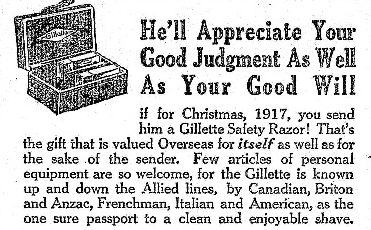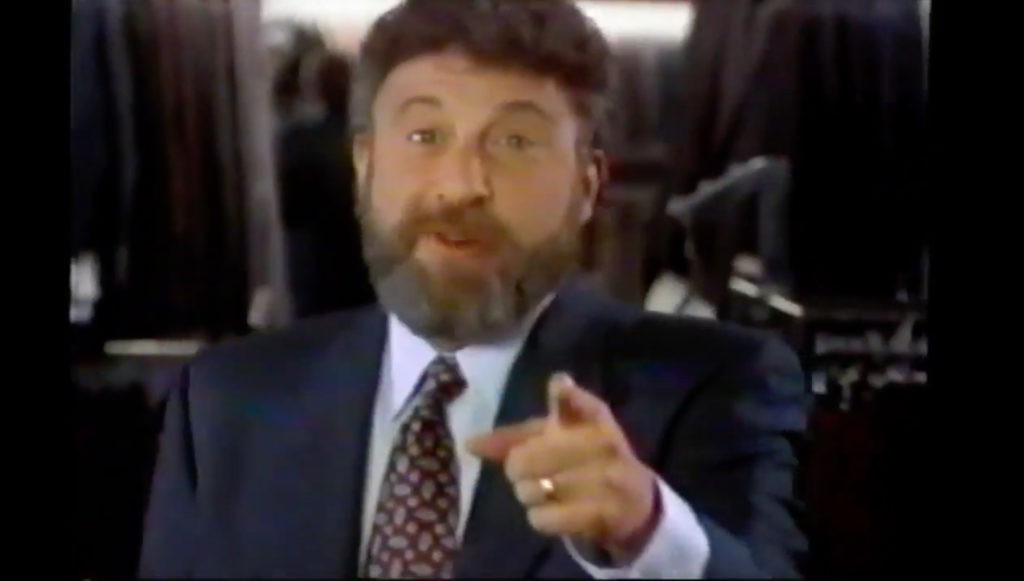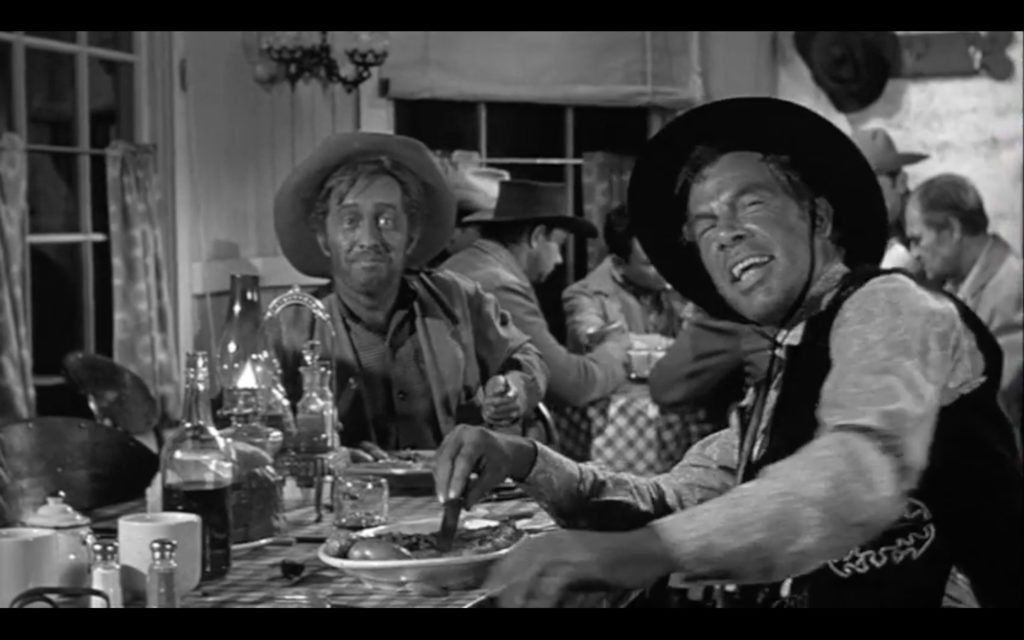In 1935, Boeing demonstrated its new plane, nicknamed the Flying Fortress, to military observers.
The demonstration was a mere formality, because the plane, a four-engine behemoth, exceeded the army’s requirements in every way.
Except for one problem. During the demonstration, the plane took off, climbed steeply, stalled, and crashed, killing the two pilots inside.
An examination determined that nothing mechanical had gone wrong. The crash was due to pilot error. It seemed that the Flying Fortress was simply too much plane for one man to fly. Nonetheless, the air corps purchased a few Flying Fortresses and tried to figure out what to do.
Their solution was very low-tech. Instead of changing anything about the plane, or insisting on more training for the pilots, they simply came up with checklists to handle the complex procedures for each operation: takeoff, landing, cruising, bombing…
Thanks in part to these checklists, the Flying Fortress eventually wound up playing a key role in World War II, and became the third most produced bomber of all time.
I thought of this story today, because I came up with my first checklist for email copywriting.
Even though I’ve written hundreds of sales emails by now, I haven’t systematized the process, and sometimes, I find myself crashing and burning for no good reason. Today, I became aware of how the process goes when it goes well, and I want to write it down to make sure I don’t ever forget it ever again.
So here it is, along with an example (one of the emails I was working on today, for a home fermenting kit):
STEP 1. Get an idea for an angle or topic
I normally do a lot of research for the emails I write. This includes going through the sales letter, testimonials, transcripts I did with people from the company, examining the product itself, digging around on forums online, etc. As I do this, I write down possible topics and angles for emails.
For this particular project, I also went through a few hundred customer surveys. A lot of customers mentioned that they were interested in fermenting because they wanted to lose weight.
My first idea was simply to try to connect fermented foods to weight loss. While I had a good testimonial on this topic, the science seemed fairly vague and tenuous (more on this in step 2 below). However, a related and relevant topic — antibiotics and weight gain — seemed very solid, so I decided to go with that.
STEP 2. Search around for more details
If I know a lot about a topic, or I have a personal story I can share, I can skip this step.
However, I can’t simply riff about antibiotics and weight gain. It’s not a topic I know enough about, so I needed to do more research. In particular, I wanted to find some kind of supporting scientific study that actually made the connection. And ideally, I also wanted to find a story to kick off the entire email.
I have a few go-to places for both kinds of resource. For scientific research, ScienceDaily seems to have reliable summaries of recent research. For stories, articles that appear in The Atlantic and The New Yorker tend to be good sources. Beyond this, a bit of googling will usually solve all research problems.
For this particular email, I found a study from Johns Hopkins University that effectively said, “the more antibiotics, the more weight gain.” The story I found was about a woman who went to the doctor to get rid of her hormonal acne, but wound up with an extra 14 pounds, thanks to the antibiotics he prescribed her.
STEP 3. Write up different subject lines
Keeping In mind the topic I want to cover, and the details of the research I want to include, I start to write a bunch of different subject lines.
At this point, I have a fairly large stack of index cards with good headlines that I can use as templates or inspiration. These aren’t “classic” direct response headlines (eg. “They laughed when I sat down at the piano”).
Instead, they are the titles of articles I’ve found myself clicking on over the past sevreal years (eg. “De Beers admits defeat over man-made diamonds”). Most of these are general-interest articles that originally appeared on the front page of Hacker News, so they are vetted for being curiosity-inducing.
I force myself to write down 10-15 of these subject lines, even if I think they sound stupid. Then I just pick the one that I think sounds the best, ties into the content I want to share, and ideally, gives me a bit of edge I can use in the email (I can’t describe this any better right now).
For this particular email, the subject line I ended up with was “Antibiotics are shockingly good at causing weight gain”.
STEP 4. Write the body of the email
At this point, all that’s left to do is to tie the pieces together. That means starting off with the story, developing this a bit (in the example I’ve been using, that means talking about the supporting science study), and then tying this in with the product I’m promoting.
I won’t include the entire completed email here. But it looks something like this:

Smooth sailing thanks to a checklist









